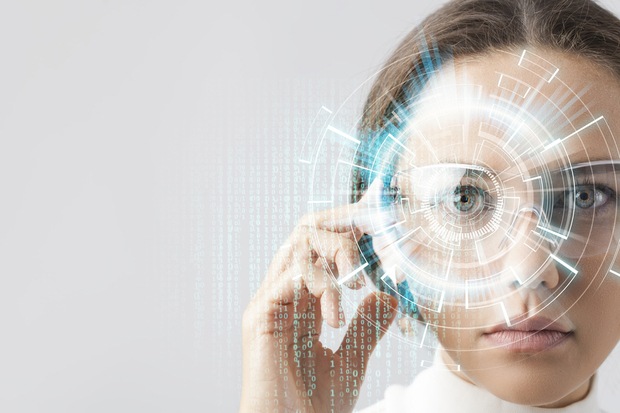Blockchain opportunities are changing healthcare globally – innovative leaders see the change. There are many blockchain applications for healthcare. The exponential growth of blockchain applications can benefit population health, medical records, and patient-generated data. Healthcare startups have already discovered how to leverage blockchain technology for healthcare.
The first industry to visibility take advantage of blockchain was financial services. Financial services had the courage to believe in the potential of blockchain technologies and grew a three tier model:
- Applications and solutions (brokerages, exchanges, soft wallets, hard wallets, investments, merchants, compliance, trading platforms, capital markets, microtransactions, money services, banks, ATMs, payroll and insurance, payments, trade finance)
- Middleware and services (services, software development, general APIs, special APIs, platforms, smart contracts)
- Infrastructure and base protocols (public, special, payment, miners)
Healthcare is late to the show but also hasn’t missed the show. Blockchain opportunities are changing healthcare globally – blockchain is fitting into a new world.
Population health management
Health information exchanges (HIE) and all-payer claim databases (APCD) have become obsolete with blockchain. It doesn’t make sense to trust organizations to verify member’s trustworthiness when it’s not required with blockchain. Eliminating this prehistoric middleman increases data security and removes the cost, time, and resources required to prove that a party is doing what they say they’ll do. New models that share medical records are emerging.
In 2007, the government of Estonia joined forces with Guardtime, a leader in cybersecurity using blockchain’s Keyless Signature Infrastructure (KSI), to provide authentication on a massive scale. Their combined challenges were to verify the integrity of data-at-rest on a global scale. Estonia is among the few if not the only digital societies which have 100% of their medical health records online. Spending time and resources verifying members’ trustworthiness (e.g., HIE, all-payer claims database, local EMRs) no longer makes savvy business sense. Blockchain will leap frog population health by providing trust where none exists for continuous access to patient records by directly linking information to clinical and financial outcomes. Population health just got smarter.
Healthcare mobile communications and notifications
Tierion can collect data from web and mobile apps, record information in the blockchain and slingshot data to other systems by using REST API or HTML form submissions. Already have an existing mobile application? Leveraging REST APIs can extend functionality and provide a “safe” way to amplify your corporate innovation footprint. In October 2015, Philips Healthcare’s announced a joint blockchain project with Tierion. Tierion supports over 400 applications such as Google Sheets, Gmail, and Slack and also assisted the Department of Economic and Community Development of Connecticut surveying 200 top technology companies. Tierion can also handle medical, financial, and legal records through their blockchain integration and infrastructure platform.
PGHD meets wearables
Patient-generated health data (PGHD) has tremendous potential, but to-date hasn’t delivered the promised value. Mainly, because this data never makes it to the patient.
Under Armour HealthBox, Bragi Dash, Hexoskin smart shirt, OMSignal OMbra all generate industry excitement while playing safely on the fringe of patient transformation. Wearable tech is exciting, hip, and a great conversation starter. Value alignment is found at the intersection of wearable tech and integration of medical records. FHIR APIs, needed to connect the patients to EMRs, won’t be mainstream in 2016. The major EHRs vendors aren’t going to publish a complete service definition for FHIR profiles to share with software companies. Access to data is preventing adoption, not technology or even patient behavior. No data – no insight.
In 2011 at the World Economic Forum, personal data was declared a new asset class. Healthbank, based in Switzerland, is a global digital health innovator taking a radically transparent approach to health system transactions. Their approach is a new way of sharing data and uses personal data that is secured. A next logical step for healthbank would be to incorporate blockchain technology. The healthbank mantra is “my data, my choice, my healthbank.” Blockchain applications place personal and patient information into the hands of the individual. Doctor visits, sleep patterns, heart rate, glucose, and other IoT devices can all be polled and then stored using the healthbank blockchain. This innovative blockchain company is attending conferences and telling their story in Finland, Barcelona, and Brazil – the world is watching. Also, Noser Health (Germany) and Netcetera (Switzerland) have recently joined healthbank as partners to mature its global health data transaction platform.
Patient-owned
Once patient-generated data is owned by the patient from wearables to physician and clinical visits; a dramatic shift will occur.Trust is difficult to find in today’s global economy. The “cloud” is considered safe, well up until the point that your personal information is going to reside there. Blockchain technology can authenticate access to medical information, quickly and securely.
Innovative leaders can see the change. It’s happening now; the patient experience is evolving.
